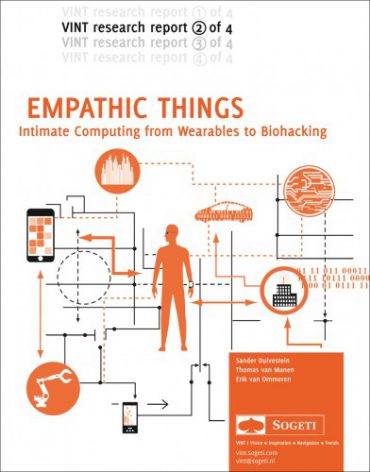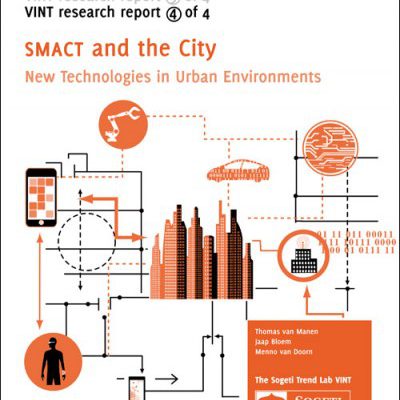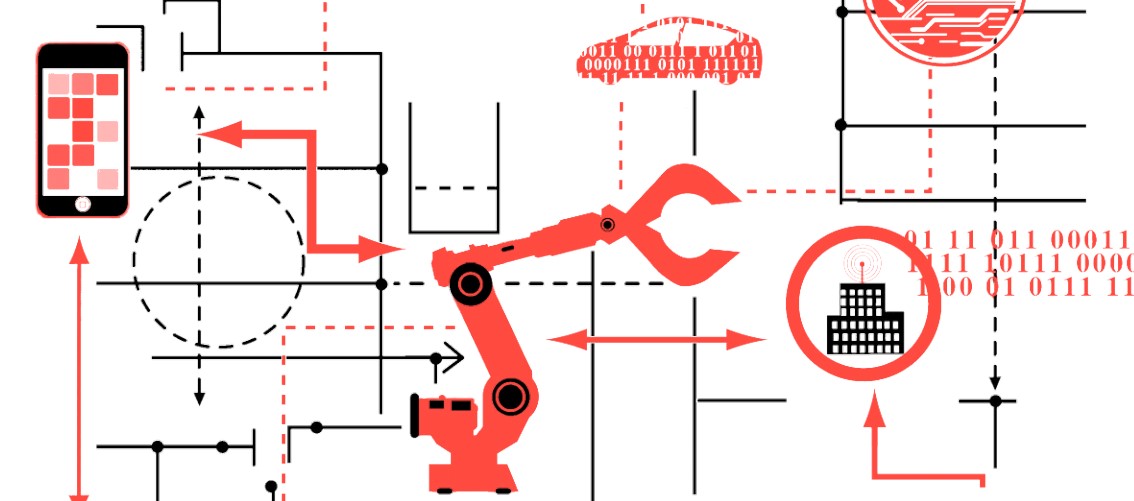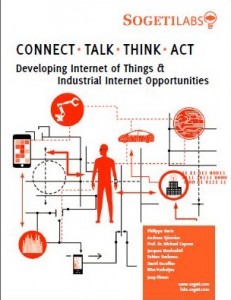REPORT 1: THINGS – INTERNET OF BUSINESS OPPORTUNITIES
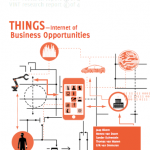
In our first report Things: Internet of Business Opportunities we reported on a tipping point concerning a dazzling impact on the whole economy. Connected things offer new opportunities to combat waste in the broadest sense of the term. This waste occurs among all parties: clients, suppliers, governmental bodies, service providers and the manufacturing industry. Applying digital things, sensors, actuators, apps and SMACT demands a certain mindset as well as concrete actions to optimize process and event chains, and to translate surprising new opportunities into new products and services. Our report offers an overview of recent developments and tips to accelerate your Things approach.

 English | EN
English | EN 